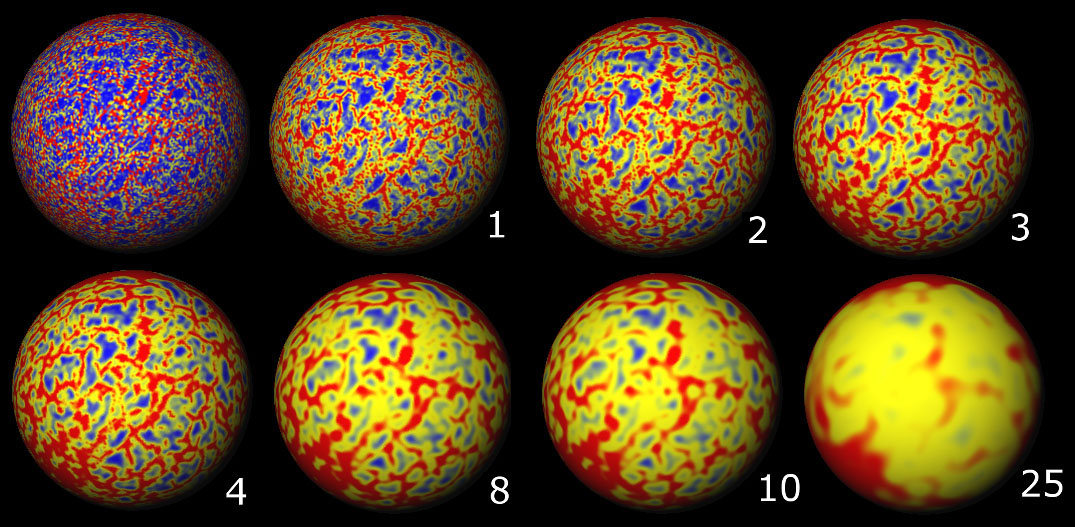
The
evaluation is based on the successful completion of a
course project
based on
techniques covered in class. Students are required to
submit an initial
report
containing preliminary proposal before the course drop
deadline (10%),
give
20-minute oral presentation (20%) and submit the final
report (30%). There will be exams (40%). In last two
years, 16 students took similar courses
and the grade distribution is as follows: 1 A, 8 A-, 5 B+,
2 B, 1 C.
Text
book
Computational Neuroanatomy: The Methods. This is a
preprint of
book I am currently writing and it will be freely
available to
students in the dropbox.
Various
statistical issues in neuroimage processing and
analysis will
be addressed. The focus of the course is on the
computational aspect of
various statisical procedures used in neuroimages.
MATLAB will be used as a language of
instruction although students can do homework and
project in any
computer languages
of their choice. The following topics will be covered:
Week 1:
Introduction to statistical computing in MATLAB, General
linear models and random field theory.
Week 2: Smoothness of fields, Type-I error. multiple
comparision correction using random field theory.
Week 3: Machine learning. Support vector machines (SVM).
Week 4: Type-II error in correlated images. Sample size
computation. Power analysis.
Week 5-6: Hilbert space methods and Karhunen-Loeve
expansion in random fields.
Week 7-8: Linear models: general linaer models, mixed
and fixed effect models.
Week 9-10: More multiple comparisions using FDR and
permutation tests. Nonparametric test procedures.
Week 11: Time series analysis.
Week 12-13: Multivariate analysis.
Week 14: Student presentation.
Various
applications
will be covered in connection with these topics. Some
topics
overlap with the topics covered in the previous course I
taught in 2009 and 2010.